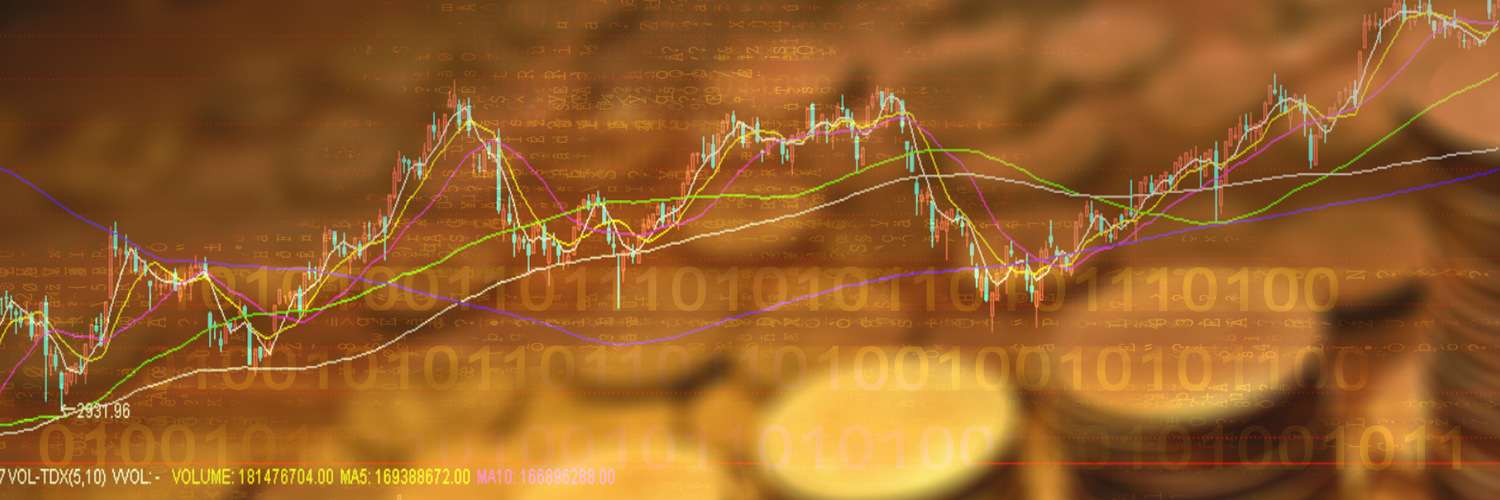

Gold prices hit a new all-time high
Poor US economic data and expectations of interest rate cuts by the Federal Reserve and the European Central Bank push gold prices to a new all-time high of $2,140.6/oz.
The price of gold reached an all-time high as it looks ahead to the expected rate cuts by the Federal Reserve (Fed) and the European Central Bank (ECB) in June. On Tuesday the 5th, it reached a new record high of 2,140.6 dollars an ounce, surpassing the previous record set on 4 December, when the price rose to 2,135.40 dollars.
Given that according to the analysis made by Julius Baer, gold prices rise by 15.5% on average over the 12 months following a rate cut if it is followed by a recession, the expectation of a further cut increases investor demand. That said, if no recession exists, prices fall by 7% on average. In any case, it is a move that would affect US bond yields and the dollar and could lead investors to bet on gold as a safe-haven asset.
We should not forget that the European Union and the Eurozone avoided closing 2023 in recession by the narrowest of margins, mainly because the German economy, Europe’s largest, spiralled downwards thanks to the economic sanctions imposed on Russia. The Teutonic country’s industrial production contracted for the first time since the start of the pandemic.
In this context, some financial analysts warn that a possible rate cut by the ECB is unlikely to have a positive economic impact that will be felt before 2025. Jack Allen-Reynolds, an economist at Capital Economics, expects the eurozone economy to “flatline” in the first half of 2024 “as the effects of past monetary tightening continue to take hold and fiscal policy becomes tighter”.
Consumer confidence on the decline
Gold’s strong performance has also been spurred by recently released US economic data, which missed expected targets: the US manufacturing ISM fell to 47.8 in February from 49.5 expected and 49.1 in the previous month. The continued decline in the sector’s performance comes after 28 months of growth.
Meanwhile, according to a survey by the University of Michigan, consumer confidence in February also fell to 76.9 from an estimated 79.6. “Consumer confidence moved sideways this month, falling only two points below January and maintaining the gains in confidence seen over the past three months,” explained Joanne Hsu, the survey’s director.
This loss of consumer confidence reflects “lingering uncertainty about the US economy,” said Dana Peterson, Chief Economist at The Conference Board. This downward sentiment is mirrored among the G7 countries, which recorded significant declines – Britain (-3.2 points), Canada (-2.1 points) and Germany (-2.0 points) – in contrast to Asian countries, where consumer confidence is on the rise across the board.
To discover the best option to protect your savings, enter Preciosos 11Onze. We will help you buy the safe-haven asset par excellence, physical gold, at the best price.
Leave a Reply
You must be logged in to post a comment.





👍
🙌
Gràcies per l’aclariment
Gràcies a tu, Miquel, per ser-hi i per seguir-nos!!!